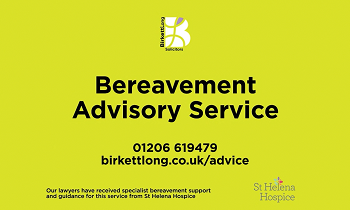- Basildon 01268244144
- Chelmsford 01245453800
- Colchester 01206217300
- London 020 4586 1280
The balance sheet test
When is a company insolvent? The Insolvency Act 1986 sets out a number of tests including the following:
“A company is deemed unable to pay its debts if it is proved to the satisfaction of the court that the value of the company’s assets is less than the amount of its liabilities, taking into account its contingent and prospective liabilities” (Section 123 (2) Insolvency Act 1986).
This test is known as the “balance sheet test” and has been recently considered in the case of BNY Corporate Trustee Services Limited v Eurosail–UK 2007-3BL PLC & 7 Ors before the Chancellor of the High Court. The Chancellor made the following points regarding the meaning of this test:
The only assets to be valued are the present assets of the company. There can be no consideration of assets that may come into the company in the future.
The requirement to “take account of contingent and prospective liabilities” does not mean simply adding up all of the liabilities of the company and deducting them from the assets. This requires a commercial view to be taken of the position, including the facts of the case, when contingent or prospective liabilities will become due, and whether or not assets will be available to meet that debt.
As this test is often used as a trigger in commercial contracts, for either termination or for the calling in of debts, it has particular relevance now. It is no longer as simple as totting up all of a company’s debts to see if it is insolvent, and more heed needs to be paid to the facts surrounding a case, rather than a superficial exercise.
If you have any insolvency issues you would like to discuss, contact David Gibbs on 01206 217609 or email david.gibbs@birkettlong.co.uk

